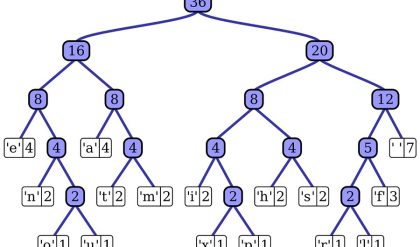While the algorithm design techniques do provide a powerful set of general approaches to algorithmic problem solving, designing an algorithm for a particular problem may still be a challenging task. Some design techniques can be simply inapplicable to the problem in question. Sometimes, several techniques need to be combined, and there are algorithms that are hard to pinpoint as applications of the known design techniques. Even when a particular design technique is ap-plicable, getting an algorithm often requires a nontrivial ingenuity on the part of the algorithm designer. With practice, both tasks—choosing among the general techniques and applying them—get easier, but they are rarely easy.
Of course, one should pay close attention to choosing data structures appro-priate for the operations performed by the algorithm. For example, the sieve of Eratosthenes introduced in Section 1.1 would run longer if we used a linked list instead of an array in its implementation (why?). Also note that some of the al-gorithm design techniques discussed in Chapters 6 and 7 depend intimately on structuring or restructuring data specifying a problem’s instance. Many years ago, an influential textbook proclaimed the fundamental importance of both algo-rithms and data structures for computer programming by its very title: Algorithms + Data Structures = Programs [Wir76]. In the new world of object-oriented pro-gramming, data structures remain crucially important for both design and analysis of algorithms

